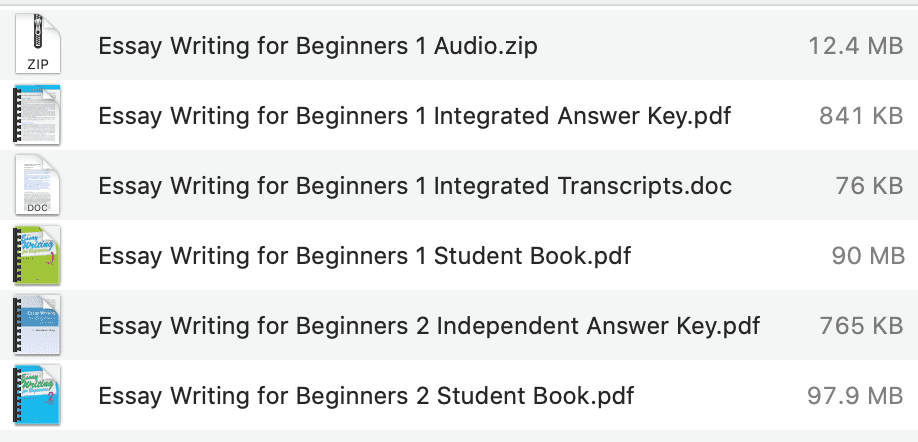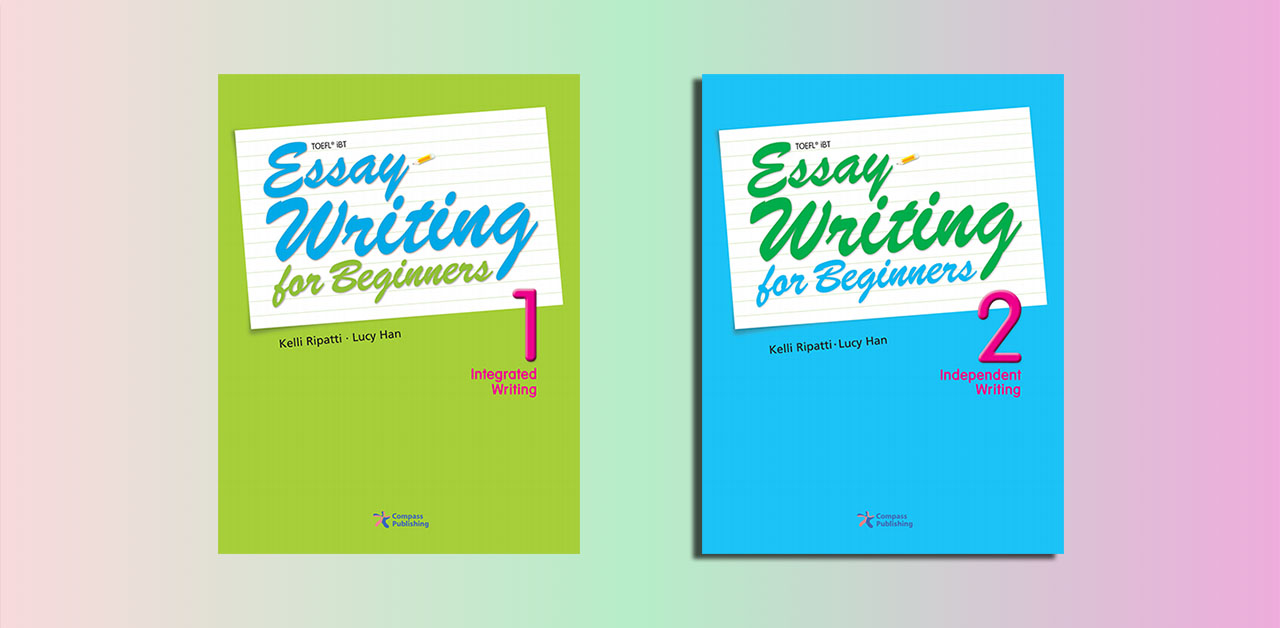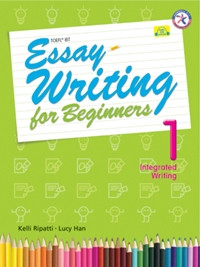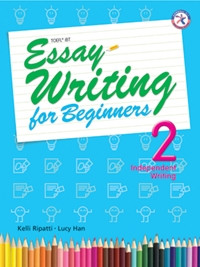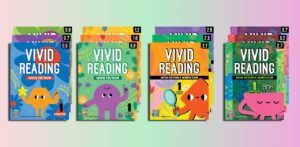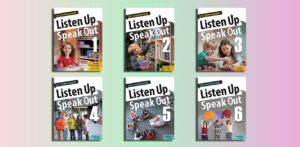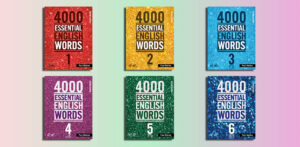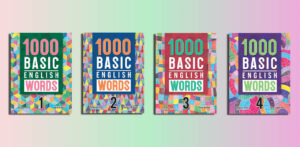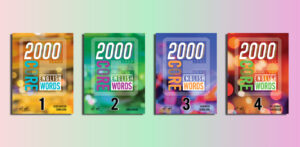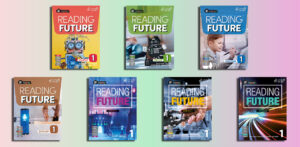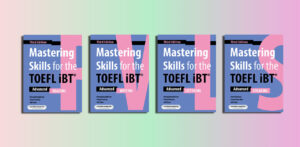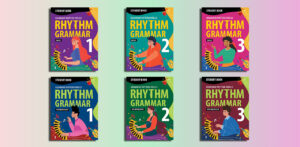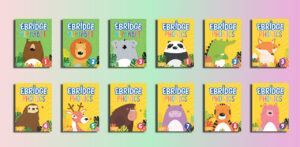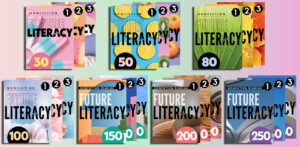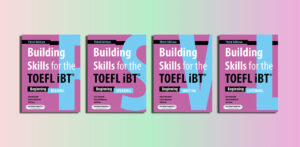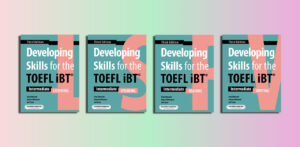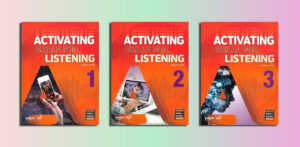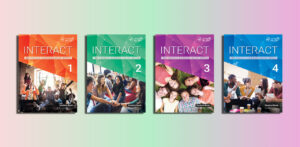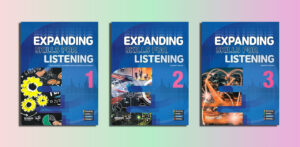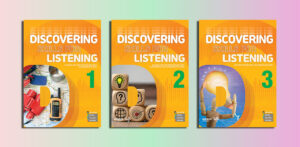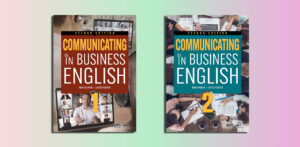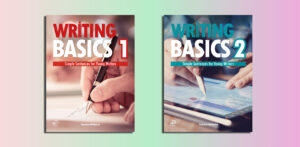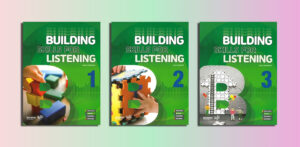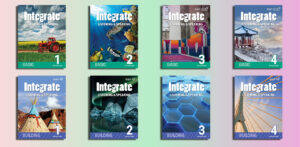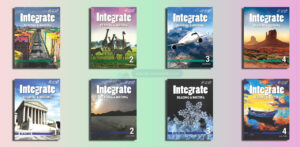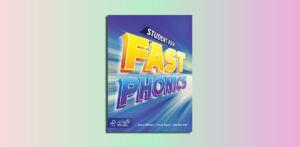Essay Writing for Beginners (Pdf Resources)
Level 1
Essay Writing for Beginners 1 Student Book.pdf – Sample: Click
Answer Key – Audio – Student Book – Transcripts
Level 2
Essay Writing for Beginners 2 Student Book.pdf – Sample: Click
Answer Key – Student Book
✅ Get Essay Writing for Beginners (Pdf Resources): $5 / level; $8 / all 2 levels
๏ Make the payment here: Click here
Payment by cryptocurrency (USDT)
We accept USDT payments through the TRX Tron network (TRC20).
The wallet address is:
TRc6y3dADrs3E2VPrUDzv12VkJU7W9vTrP
After payment, please enter your email (Gmail) and the name of the file / book you want to receive.
Overview of “Essay Writing for Beginners” by Compass Publishing
Contents
| ✅ Coursebook: | Essay Writing for Beginners |
| ✅ Author: | Kelli Ripatti, Lucy Han |
| ✅ Publisher: | Compass Publishing |
| ✅ Levels: | B2 |
| ✅ English type: | International English |
| ✅ For: | Writing, Exam |
“Essay Writing for Beginners” by Compass Publishing is an educational resource designed to teach novice writers the fundamentals of essay composition. Created by Compass Publishing, a company renowned for its English language learning materials, this series is tailored for beginners, including English language learners and students new to academic writing. While specifics may vary between editions (e.g., Essay Writing for Beginners 1 or 2), its primary aim is to provide a clear, structured introduction to essay writing.
The series typically focuses on essential skills such as organizing ideas, crafting effective thesis statements, developing paragraphs with supporting details, and using appropriate grammar and vocabulary. It adopts a step-by-step approach, breaking down the writing process into manageable parts for learners. Some editions may include audio components, such as those available on platforms like SoundCloud, offering spoken examples or instructions to enhance the learning experience.
Intended for both classroom use and self-study, “Essay Writing for Beginners” reflects Compass Publishing’s dedication to creating practical, learner-friendly tools. It often features exercises and sample essays to help users practice and build confidence. Although details like publication dates or specific content may depend on the edition, the series serves as a strong foundation for those embarking on their essay-writing journey, aligning with Compass Publishing’s mission to support English learners effectively.
Who is suitable for “Essay Writing for Beginners”?
“Essay Writing for Beginners” by Compass Publishing is suitable for a specific group of learners who are starting or strengthening their essay-writing skills in English. Here’s who it’s best suited for:
- English Language Learners (ELLs): This series is ideal for non-native English speakers who are new to writing essays in English. It caters to learners at beginner to intermediate levels (roughly A2 to B2 on the CEFR scale), helping them grasp the basics of structure, grammar, and vocabulary needed for academic writing.
- Students New to Academic Writing: It’s perfect for high school or early college students who have little to no experience with formal essay composition. The step-by-step approach makes it accessible for those unfamiliar with organizing thoughts into a cohesive essay format.
- Beginners Seeking Structure: Anyone looking to learn the fundamentals—like writing thesis statements, building paragraphs, or linking ideas logically—will find this resource valuable, regardless of age or educational background.
- Self-Learners and Classroom Students: The series works well for individuals studying independently or as part of a guided course. Its exercises and examples support both solo practice and teacher-led instruction.
- Those Preparing for Basic Proficiency Tests: Learners aiming for exams like IELTS or TOEFL at lower bands (e.g., 4.0–5.5) can use it to build foundational writing skills, though it may not cover the complexity required for higher scores.
It’s less suited for advanced writers (e.g., B2+ or C1 levels) who already handle complex arguments or nuanced styles, as the focus is on introductory concepts. Essentially, it’s for anyone taking their first steps in English essay writing, offering a clear, supportive starting point.
Essay Writing for Beginners 1 Student Book
The benefits of “Essay Writing for Beginners”
“Essay Writing for Beginners” by Compass Publishing offers several benefits tailored to novice writers, particularly English language learners and students new to academic writing. Here’s a breakdown of its key advantages:
- Builds Foundational Skills: The series teaches core essay-writing essentials—crafting thesis statements, organizing ideas, and developing paragraphs with supporting details. This gives beginners a solid base to start expressing their thoughts clearly and logically.
- Simplifies the Writing Process: Its step-by-step approach breaks down complex tasks into manageable parts, reducing overwhelm and making essay writing less intimidating for those just starting out.
- Improves English Proficiency: For non-native speakers, it enhances grammar, vocabulary, and sentence structure within the context of writing, helping learners improve overall language skills alongside essay composition.
- Boosts Confidence: Through practice exercises and sample essays, users gain hands-on experience, building confidence in their ability to write structured, coherent pieces over time.
- Flexible Learning Format: It’s designed for both classroom use and self-study, offering versatility for students with teachers or independent learners seeking to improve at their own pace.
- Supports Audio Learning: Some editions include audio components (e.g., via SoundCloud), which reinforce lessons through listening, aiding comprehension and pronunciation—especially helpful for English learners.
- Prepares for Further Study: By mastering basic essay forms, learners are better equipped for academic settings or introductory standardized tests like IELTS or TOEFL (lower bands), setting the stage for more advanced writing later.
- Practical and Accessible: The clear, beginner-friendly design ensures that even those with minimal writing experience can follow along, making it a practical tool for a wide audience.
Overall, “Essay Writing for Beginners” empowers novices by providing structure, practice, and guidance, helping them transition from hesitant writers to capable communicators in English.
Effective learning strategies for “Essay Writing for Beginners”
To maximize the benefits of “Essay Writing for Beginners” by Compass Publishing, learners can adopt effective strategies tailored to its structure and purpose. Here are some practical approaches to make the most of this resource:
- Follow the Step-by-Step Progression: The series is designed sequentially, so start at the beginning and work through each section systematically. Master basics like brainstorming and thesis statements before moving to paragraph development and full essays.
- Practice Actively with Exercises: Complete all provided exercises diligently. Write drafts based on prompts, compare them to sample essays in the book, and revise to reinforce concepts like structure and coherence.
- Engage with Audio Components: If the edition includes audio (e.g., via SoundCloud), listen to model essays or instructions repeatedly. Mimic pronunciation and pacing to improve both writing and listening skills, especially for English learners.
- Break Down Writing into Stages: Use the book’s framework to tackle one skill at a time—outline ideas one day, draft a paragraph the next, then edit later. This mirrors the step-by-step method and builds confidence gradually.
- Analyze Examples Critically: Study the sample essays closely. Identify how thesis statements connect to supporting points and how transitions link ideas. Take notes on techniques to apply in your own work.
- Set Small, Achievable Goals: Aim to write a short paragraph or a single essay section daily. Consistent, bite-sized practice prevents burnout and aligns with the beginner-friendly pace.
- Seek Feedback: Share drafts with a teacher, peer, or language partner to get input. Use their suggestions to refine weak areas like grammar or clarity, which the book may highlight but not fully address for your specific needs.
- Supplement with Vocabulary Building: Keep a notebook of new words or phrases from the book. Practice using them in your essays to enhance expression, a key skill for beginners.
- Review and Revise Regularly: After finishing a section, revisit earlier work to spot improvement or recurring mistakes. Editing your own writing sharpens self-awareness and reinforces lessons.
- Apply Skills Beyond the Book: Write about personal interests or real-life topics using the book’s techniques. This makes learning relevant and helps internalize the process.
By combining the resource’s structured guidance with active practice, reflection, and gradual skill-building, learners can effectively develop their essay-writing abilities and gain lasting confidence.
Essay Writing for Beginners 2 Student Book
Effective teaching strategies for “Essay Writing for Beginners”
Teaching “Essay Writing for Beginners” by Compass Publishing effectively requires strategies that leverage its structured design while addressing the needs of novice writers, such as English language learners or students new to academic writing. Here are some practical teaching strategies for educators:
- Scaffold the Learning Process: Break lessons into small, digestible chunks aligned with the book’s progression—start with brainstorming, move to thesis statements, then paragraph structure. Provide clear examples and guided practice at each step before expecting independent work.
- Model the Writing Process: Demonstrate how to write an essay live (e.g., on a whiteboard or screen). Use a sample topic from the book, thinking aloud as you outline, draft, and revise, showing students how to apply the book’s techniques.
- Incorporate Pair or Group Work: Assign collaborative tasks, like co-writing a paragraph or peer-reviewing drafts based on the book’s guidelines. This builds confidence, encourages discussion, and reinforces concepts through interaction.
- Utilize Audio Resources: If the series includes audio (e.g., via SoundCloud), play model essays in class. Have students listen first, then read along, discussing structure and vocabulary afterward to connect listening and writing skills.
- Focus on Feedback Loops: Provide specific, constructive feedback on student drafts, targeting one skill at a time (e.g., thesis clarity or supporting details). Use the book’s examples as a benchmark to show strengths and areas for improvement.
- Gamify Exercises: Turn the book’s practice prompts into engaging activities—e.g., a “thesis statement challenge” where students compete to write the clearest one in two minutes. This keeps beginners motivated and reduces anxiety.
- Encourage Pre-Writing Techniques: Teach students to brainstorm or mind-map ideas before writing, as the book likely suggests. Practice this in class with topics they care about to make it relatable and build planning habits.
- Differentiate Instruction: Adapt lessons for varying skill levels. For stronger students, add complexity (e.g., longer essays), while for struggling learners, focus on simpler tasks like single paragraphs, using the book’s exercises as a base.
- Integrate Visual Aids: Use charts or diagrams to illustrate essay structure (introduction, body, conclusion) alongside the book’s lessons. Visuals reinforce abstract concepts for beginners, especially visual learners.
- Connect to Real-Life Applications: Assign essays on practical topics (e.g., “Why I like my hobby”) beyond the book’s prompts. This shows students how the skills apply outside class, boosting engagement and retention.
By blending the book’s step-by-step framework with interactive, supportive, and adaptive teaching methods, instructors can help students master essay writing efficiently while fostering a positive learning environment.

